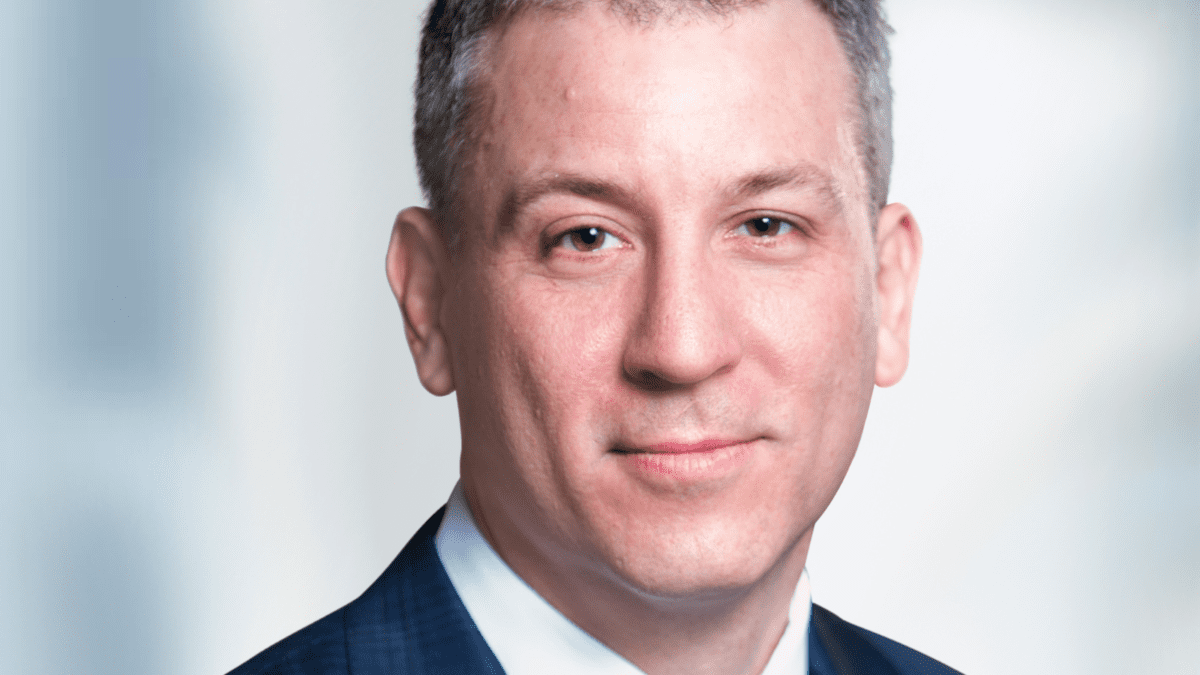‘Years of growth ahead’ for infrastructure: Northleaf
As inflation and interest rate hikes roil the public markets, the world’s largest investors are increasingly looking to the private markets for the kind of returns they used to be able to get from equities. It’s no surprise for a sector where assets often have some kind of inflation protection built into their cashflows, and Jamie Storrow, managing director and head of Northleaf’s infrastructure investment program, only expects the space to keep growing.
“I don’t really see growth abating over the medium term, because on a percentage basis, depending on the country and the investor, there’s still a focus on increasing allocations to private markets investments, including to private infrastructure,” Storrow said.
“Industry surveys suggest that infrastructure has years of growth ahead, and the performance of the industry has been very strong, particularly through events like COVID. While I don’t see a decline in investment activity – there could be short-term slowdowns in certain subsectors given global uncertainty.”
In addition to its focus on assets in North American and Europe, Northleaf owns three wind farms in Australia, and has recently acquired a 40 per cent stake in Vodafone NZ’s telecommunications tower business. It also has a stake in the largest independent bulk liquid storage business in Australia and New Zealand – Quantem – and is currently launching its fourth closed end fund. Northleaf typically focuses on the mid-market writing cheques of $100 million to $300 million.
“We feel we’ve got the right balance,” Storrow said. “We’re investing in smaller investments that are typically single-projects or single-purpose companies. Much of the value we create comes from working outside of auctions, staying in less visible processes and working to grow and de-risk these investments.”
“We’re not active in emerging markets, rescues or value-add business plans. Our focus is on investments that are under the radar, with traditional infrastructure characteristics.”
An example of this is Northleaf’s investment in contracted perimeter security infrastructure, a niche sector that typifies Northleaf’s approach. Northleaf owns a stake in AMAROK, the largest owner and operator of electric fencing infrastructure in the US, which has 90 per cent market share, and which matches Northleaf’s infrastructure investment criteria very well.
“It has monopoly-like characteristics. With 99 per cent customer retention, it’s clear that once you hire AMAROK you tend not to let them go. The initial contracts are three to five years in length which then renew automatically, and there’s inflation indexation. The company sees a huge growth opportunity – only around two per cent of the addressable market has the type of fencing that we provide. So, our business plan is focused on significantly growing the sales force.”
But as more investors flow to private markets, they’re growing leery of the costs. It’s the reason some of the large pension funds internalise the function, with a number of the Canadian funds being some of the first – and biggest – investors to take portions of their programs out of the hands of external managers; Australia’s largest super funds are now doing the same. But external managers aren’t facing an existential crisis. If anything, their services are more in demand than ever.
“The pool of investors that can’t or won’t internalise a direct infrastructure investment team is very large. And I’d say that pool is growing; there are still many groups that have limited or no access to private investments,” Storrow said. “And so, they’re just growing their fund relationships rather than contemplating internalisation. While there’s an internalisation theme with some, it tends to be at the larger end and only in certain countries where the frameworks permit it. But there’s still a huge pool of traditional fund investors out there.”
And as other infrastructure investors have grown in size, they’ve begun to overlook the midmarket in favour of scale, visibility, and “true global reach” – leaving a hole in the portfolios of asset allocators.
“We’re not competing against the larger fund managers,” Storrow said. “In many ways, we’re investing in different assets with different risk profiles. As we speak with superannuation funds or international pensions or sovereign wealth funds, there has been an increasing understanding and desire to get midmarket exposures, often as a complement to their larger exposures.”










